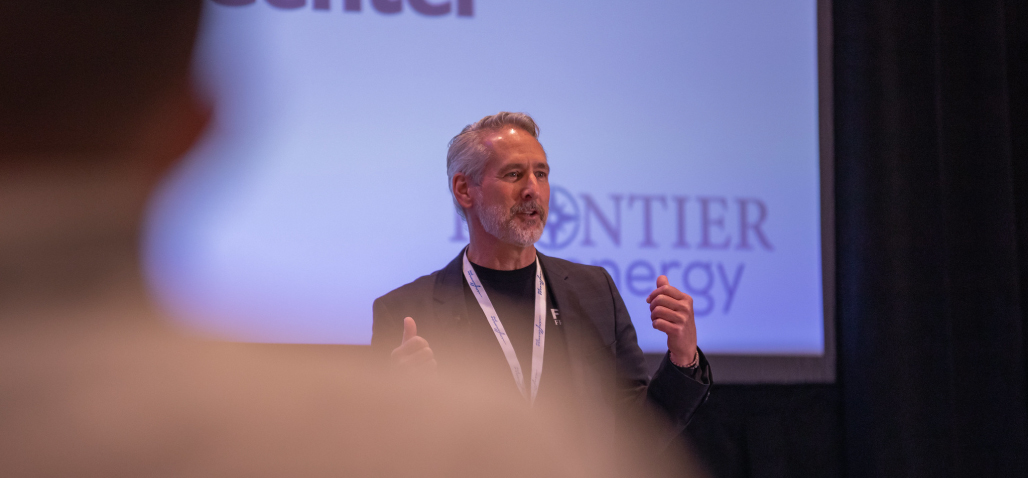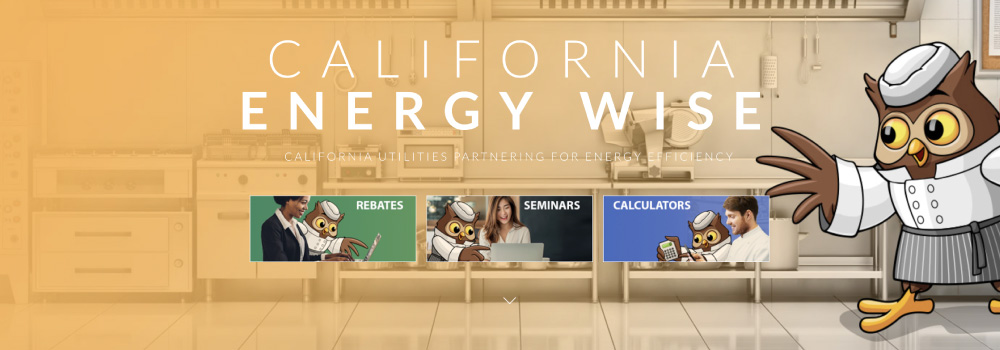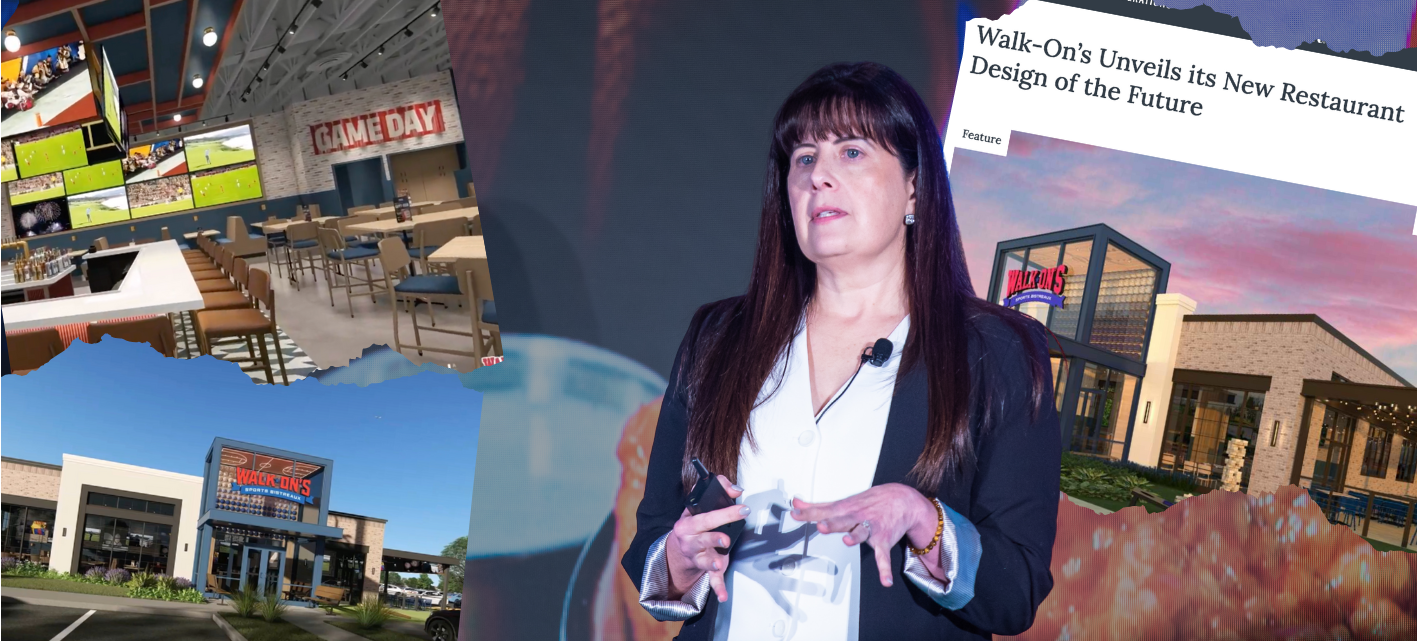Last year, Richard Young, Director of Education at the Food Service Technology Center, met with a large California school district that recently made an important purchase: 400 ovens for its school’s kitchens. "These ovens are absolute workhorses,” Young recalled. “They will last forever, which is what you want in the school world.”
There's only one problem: they're also gas guzzlers. As California moves toward a greener future, the school district is increasingly subject to new state codes and standards pushing it to decarbonize and electrify. "They're saying, 'Richard, we just spent millions on all this equipment that's got a 50-year shelf life on it,’” Young said. “‘How are we gonna transition our kitchens when we've just got all this brand new equipment?’"

Richard Young of the FSTC speaking at RestaurantSpaces
This story illustrates a simple, counterintuitive lesson at the heart of Young’s work helping restaurants cut energy costs: sometimes you have to spend more to spend less. During his presentation at RestaurantSpaces, he explained how restaurants can build more sustainable kitchens by putting this lesson into practice.
Operating Expenditures vs. Capital Expenditures
To pursue a greener future, restaurants have to rethink how they weigh capital expenditures against operating expenditures. “There's a notion of cutting capital cost, which really drives a lot of purchasing decisions and business decisions," Young explained. "My pitch today is that you really need to look at the operating cost. And in many ways, in many cases, the operating cost can be a bigger driver than the capital cost.”
Restaurants are a $900 billion/year industry in the United States (or they were in 2019, the last year with useful baseline statistics), of which equipment costs comprise about $13 billion. Energy costs, meanwhile, take up about $43 billion. The fact that operating expenditures dwarf capital expenditures, Young said, often goes unnoticed in an industry laser-focused on cutting CapEx by purchasing cheap equipment. Unfortunately, that mindset directly causes higher operating expenditures.
Why? Because low-cost equipment tends to be low-efficiency equipment as well. Over that equipment’s lifespan, it generates much higher energy bills than higher-cost, higher-efficiency options would generate. "The more business you do, the more money you lose," Young said of restaurants that gravitate toward the cheap option. “If I go for high efficiency equipment, I'm spending more on my CapEx, but then I'm saving on the OpEx. And then the more successful I am, the more money I pocket.”
A Green Kitchen Is a Happier Kitchen
Young offered the example of a ghost kitchen looking to purchase 26 fryers. High-efficiency models might cost thousands more per unit upfront than low-efficiency models, but over their lifespan they allow the restaurant to recoup that difference in energy savings. (If the restaurant’s in California, it can also receive substantial rebates per unit.) Then there are the environmental savings: over a typical ten-year lease, the high-efficiency fryers will spare the atmosphere hundreds upon hundreds of tons of carbon dioxide.

Info on California rebates can be found at CAEnergyWise.com
The savings show up in other areas, too. For one, more sustainable equipment produces more and better food: sticking with the fryer example, Young said his lab found that high-efficiency machines get up to five days more life out of the same amount of oil. They also reduce water/sewer expenditures and food waste, while potentially easing up labor costs. “These pieces of equipment are also more programmable, which allows you to do more with less people," he said.
Sustainable equipment can even help mitigate labor issues by making the kitchen a more appealing workplace. "When I have more efficient equipment, I have less wasted heat, so I'm actually creating more comfortable kitchens,” Young explained. “If you start to look at your kitchen holistically—it's your ventilation and all your pieces of equipment, and then how you choose equipment—we can actually start to dial down that temperature in the kitchen, and make a better place for people to work”
Why Restaurants Are Energy Companies
At the end of the day, Young argued, restaurants are energy companies. “You're buying energy, you're converting it," he said. "Starbucks is a massive energy company. They buy energy, they convert it into heat—hot water that they then sell, right?" By approaching their business through this lens, restaurants can save millions while significantly reducing their carbon footprints. Or they can end up like that California school district: suddenly saddled with burdensome codes and regulations that mandate massive green upgrades.
"The kitchen is the engine of your operations,” Young said. “Every time you have to replace a cheap fryer, there's the cost of the fryer, then there's the cost of the downtime, then there's the cost of all the labor to purchase it, install it.” It’s not just that you get what you pay for; you also have to keep paying for it. A sustainable kitchen might start out as a more expensive kitchen, but in the long run it’s faster, more flexible, and much less costly—for your restaurant and for the environment.

Posted by
Chain Restaurants Reimagined.
The Retreat to Reimagine Restaurant Development, Design + Technology.
April 12-14, 2026 | Miami, FL






-3.png)
-4.png)
-3.png)


Comments